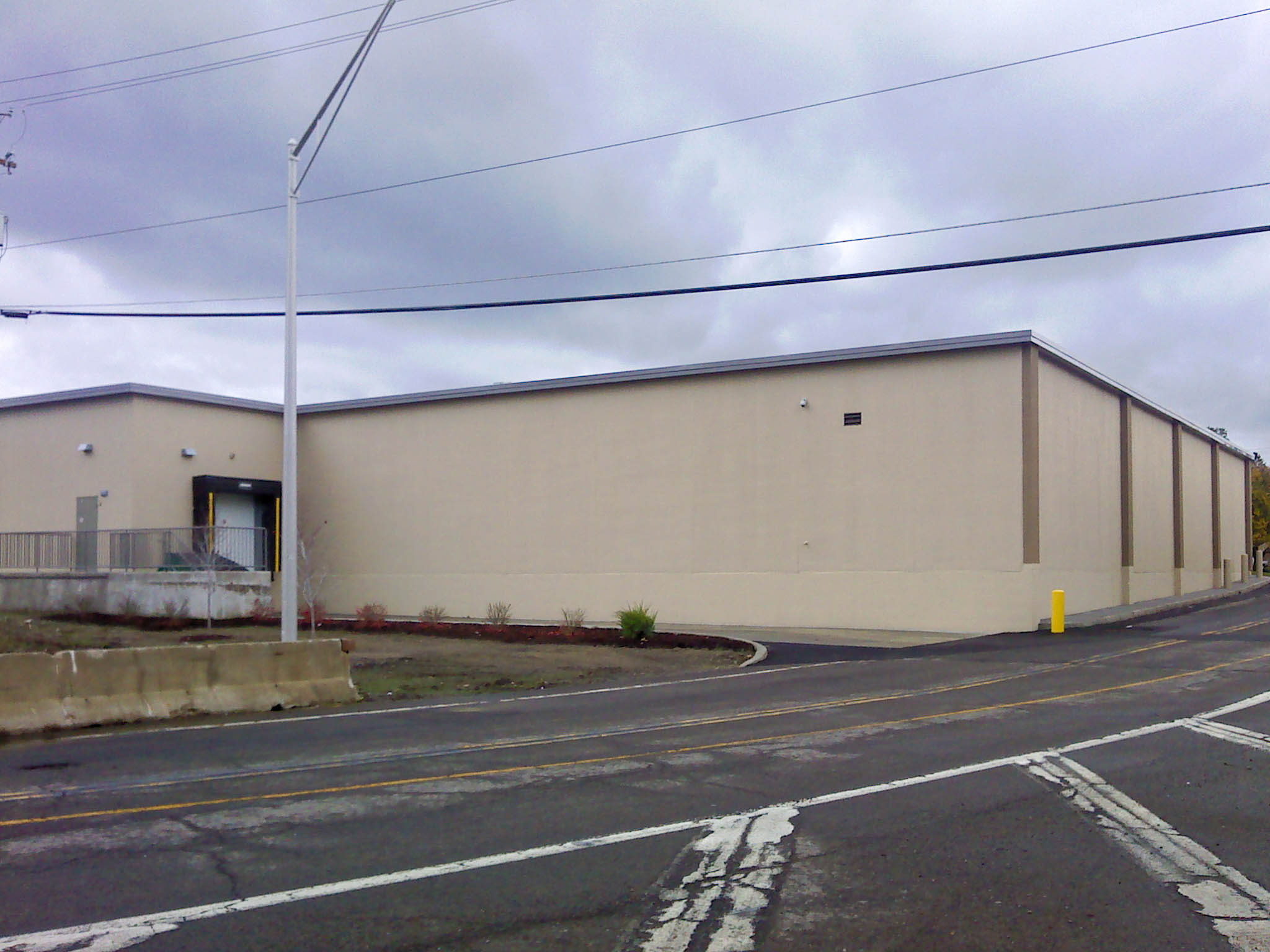When embarking on a new construction project, the foundation is the cornerstone of the entire structure. Two primary methods are used for constructing concrete foundations: precast and poured concrete. Each approach has its own set of advantages and disadvantages, making the choice a critical decision for builders and homeowners alike. In this comprehensive guide, we’ll delve into the intricacies of precast and poured concrete foundations, exploring their key differences, pros, cons, and ideal applications.
Precast concrete foundations are constructed off-site in a controlled environment. These foundation walls are manufactured in a factory setting, ensuring consistent quality and dimensional accuracy. The precast sections are then transported to the construction site and assembled like building blocks.
Advantages of Precast Concrete Foundations
Precast foundations offer several advantages: They significantly reduce construction time compared to poured concrete due to the off-site manufacturing process, which allows for faster production and installation. Precast concrete is manufactured in a controlled environment, ensuring consistent quality, strength, and durability. Additionally, precast foundations are less susceptible to weather-related delays, as they can be installed regardless of rain or freezing temperatures. Precast concrete walls can be manufactured with insulation, improving the energy efficiency of the building. Finally, precast foundations require less on-site labor, leading to potential cost savings.
Disadvantages of Precast Concrete Foundations
While precast foundations offer many benefits, they also have some drawbacks. Precast foundations are typically limited to standard sizes and shapes, offering less design flexibility compared to poured concrete. Transporting precast sections to the construction site can add to the overall cost, particularly for long distances. Additionally, the construction site must be adequately prepared to accommodate the delivery and installation of precast sections.
Understanding Poured Concrete Foundations
Poured concrete foundations are created on-site by pouring liquid concrete into forms. Once the concrete cures, it forms a solid, monolithic foundation. This method offers greater design flexibility than precast concrete, allowing for custom shapes and sizes to accommodate unique architectural requirements. Any necessary modifications or adjustments can be made on-site during the pouring process. Additionally, poured concrete eliminates the need for transporting precast sections, reducing costs and logistical complexities.
Advantages of Poured Concrete Foundations
Poured concrete foundations offer several advantages: They offer greater design flexibility, allowing for custom shapes and sizes to accommodate unique architectural requirements. Any necessary modifications or adjustments can be made on-site during the pouring process. Poured concrete eliminates the need for transporting precast sections, reducing costs and logistical complexities.
Disadvantages of Poured Concrete Foundations
Poured concrete foundations also have some disadvantages: Poured concrete foundations require more time for formwork, pouring, and curing. They are susceptible to weather-related delays, as rain or freezing temperatures can affect the curing process. Additionally, poured concrete foundations require more labor for formwork, pouring, and finishing. The quality of poured concrete can be influenced by factors such as weather conditions, labor skills, and material quality.
Choosing the Right Foundation for Your Project
The decision between precast and poured concrete foundations depends on several factors, including project budget, construction timeline, design flexibility, site conditions, and local building codes and regulations.
To make an informed decision that best suits your project’s specific needs, consider consulting with experienced engineers and contractors. They can assess the suitability of each option and help you develop a foundation that provides long-lasting support for your structure.




